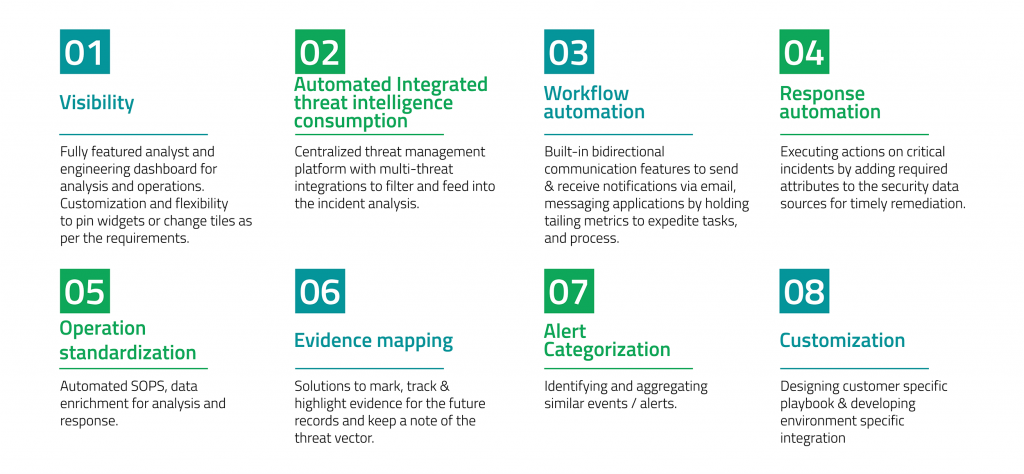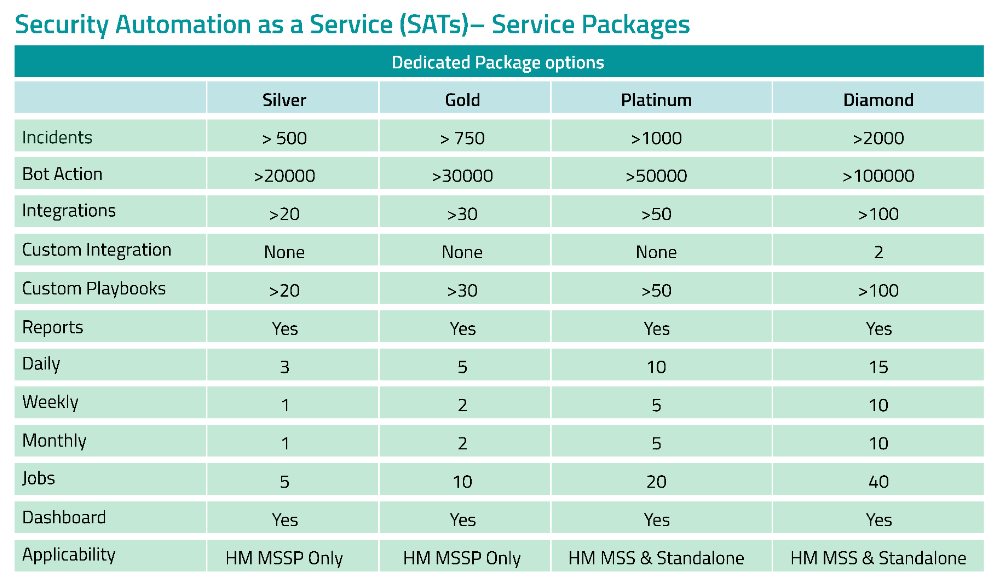Security has become the primary concern for most of the organization today. The Cyber Threats are becoming smarter and more advance, and the cybercriminals are using advance technology and software to break through the account, stealing or destroying the data and system.
There is a significant shortage of the right skills required to address the emerging challenges proactively. Due to this, organizations are being forced to achieve high workload with the available skill that consumes most of their time performing the same mundane task and hence misses on critical aspects. Security incidents are posing to be expensive, which is pushing the organizations to find a better way to address these challenge and yet look at cost optimization.
Security Orchestration and Automated Response have been very effective in addressing these challenges. A lot of the mundane task like data enrichment and common response actions could now be executed and blocked at machine speed and allow analysts to focus on what needs their eye. As per our studies, we could look at a productivity gain of up to 30% in just one year.
Happiest Minds Technologies provides a comprehensive, flexible and cost-effective Security Automation Service (SATS) enabling your organizations to automate security monitoring and response. Our research and experience in security automation could benefit in faster maturity journey.
Why Happiest Minds?
Our Security Automation as a Service can offer you the following benefits:
1. Flexible operating model to suit customer needs and budget
2. Standardization and automation of Security Operation Procedures
3. Automation of incident analysis, data enrichment, providing structural decision making
4. Increased visibility with automated alert normalization, response and centralized workflow portal
5. Increased accuracy and lesser false through cross-references and Threat Intel references
6. Reduced MTTD and MTTR
7. Operational efficiency across device management and security monitoring enables cost optimization
8. Address the skills gap with effective skill usage by productivity gains














